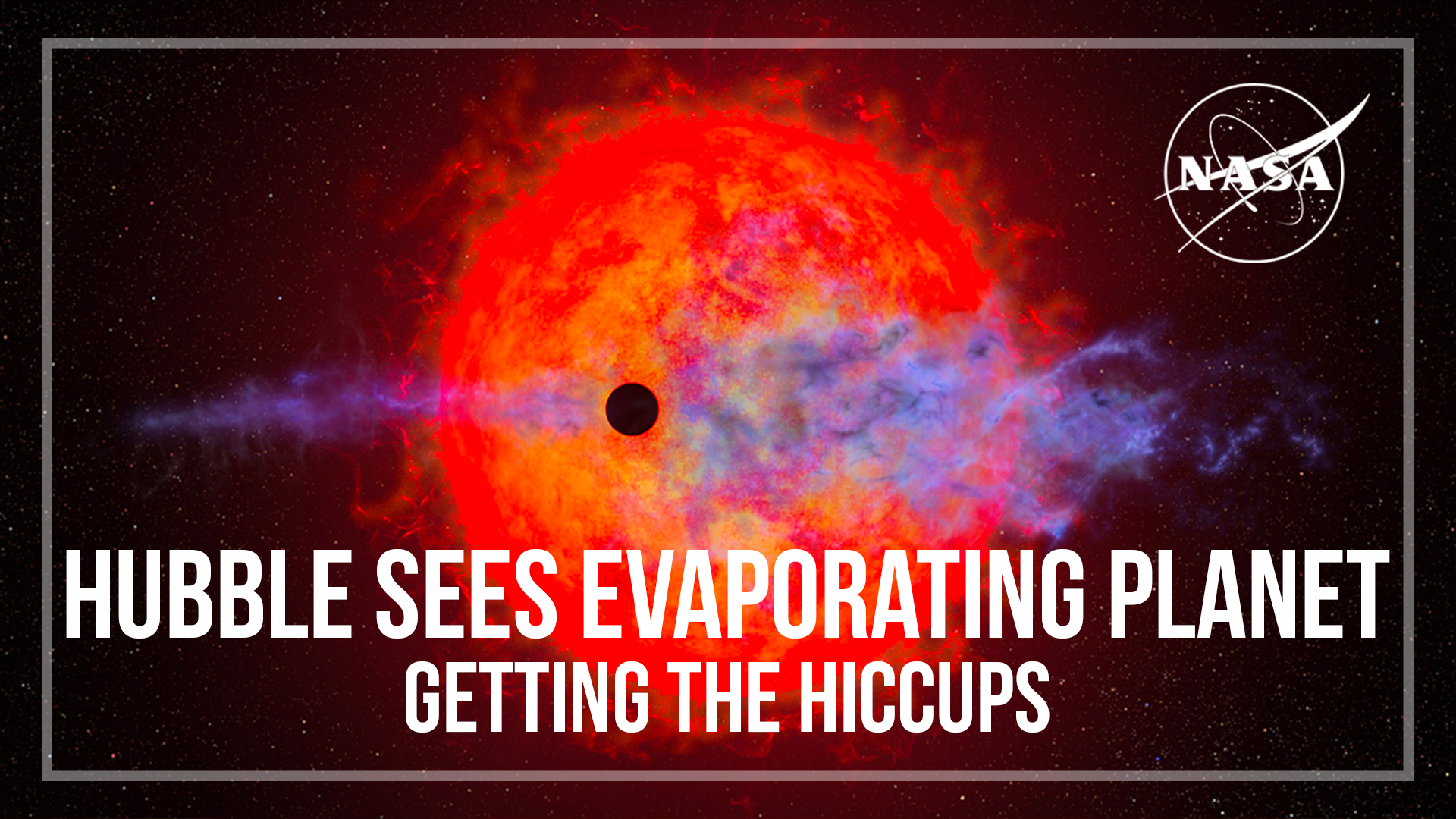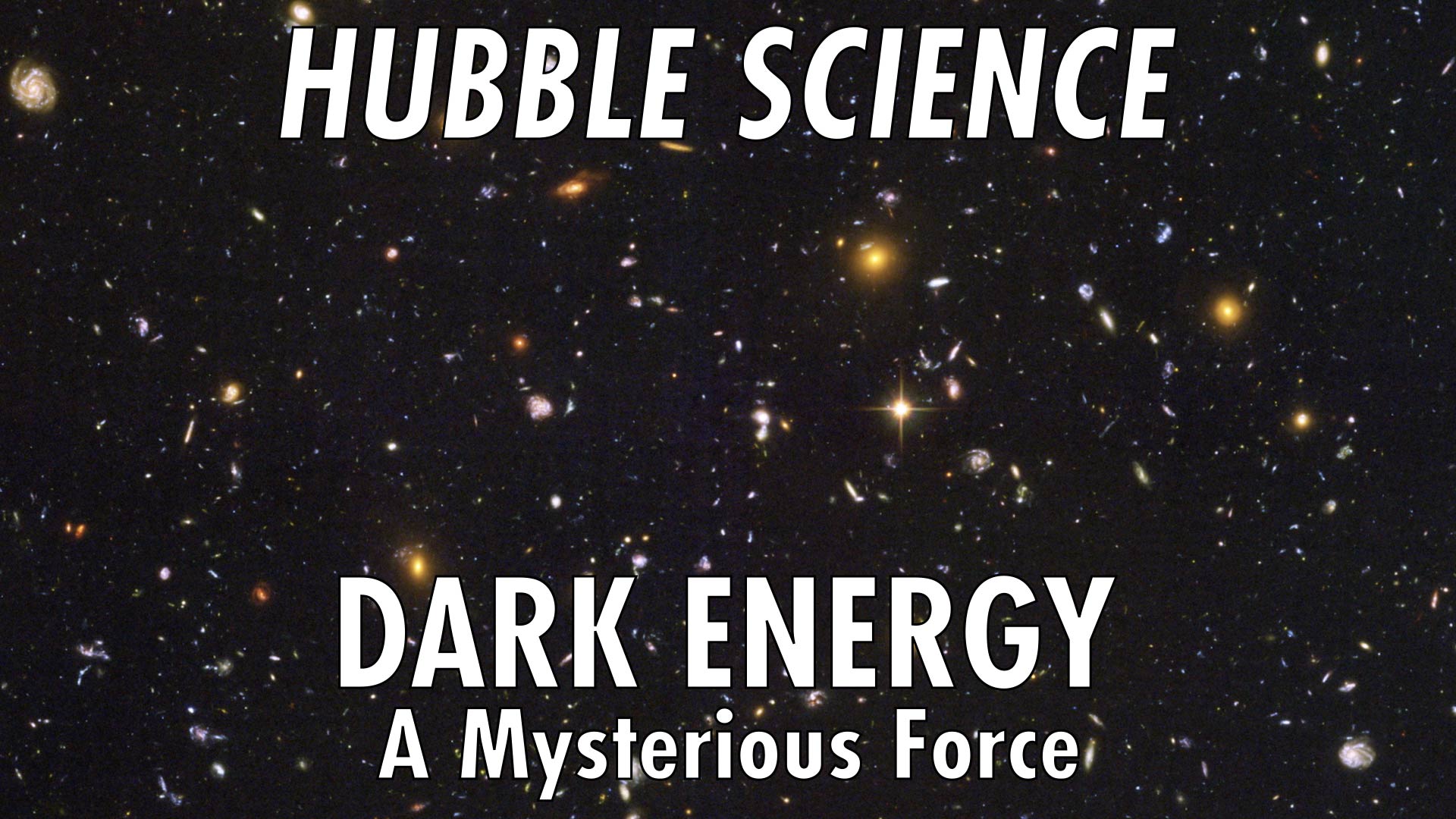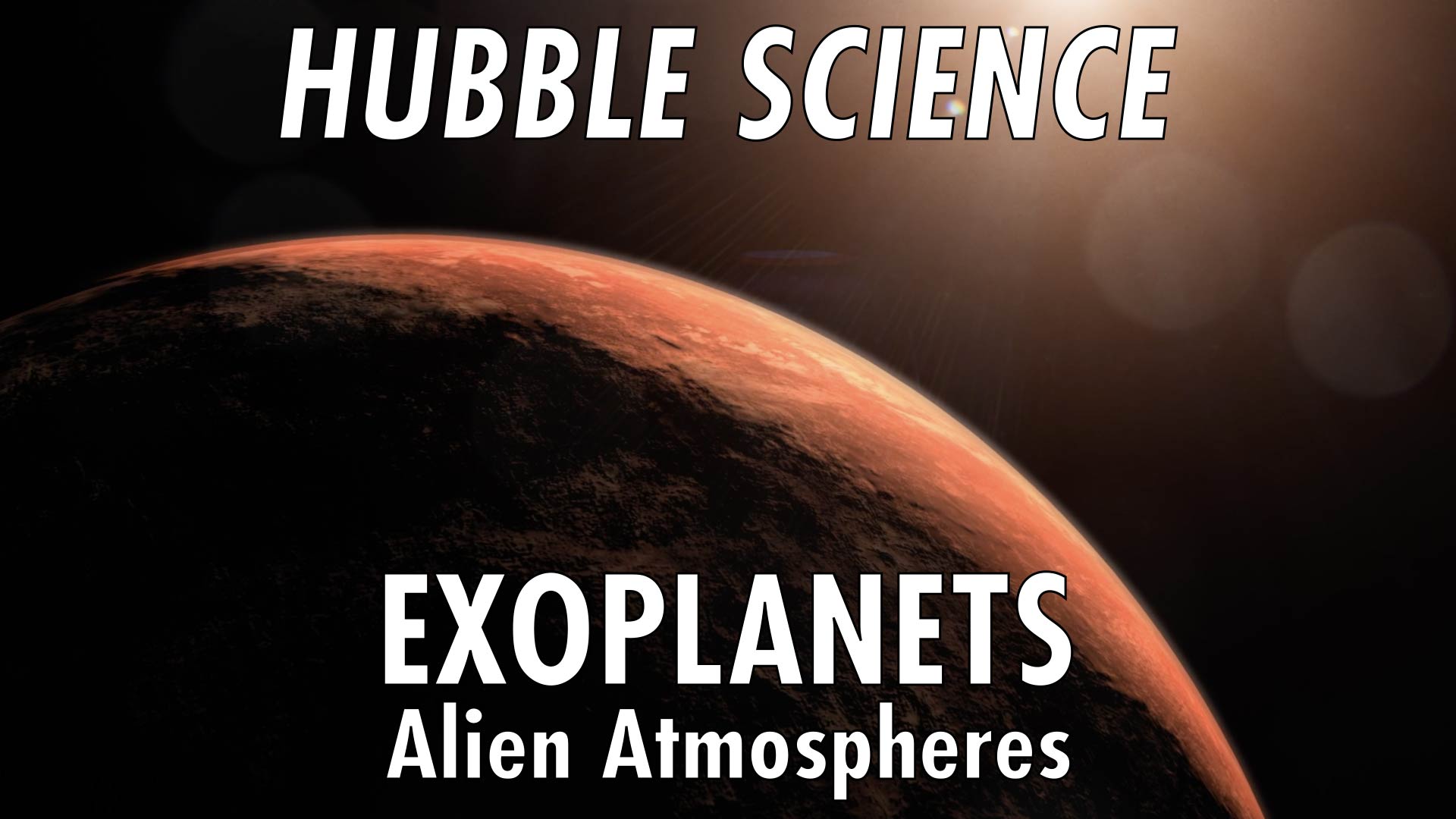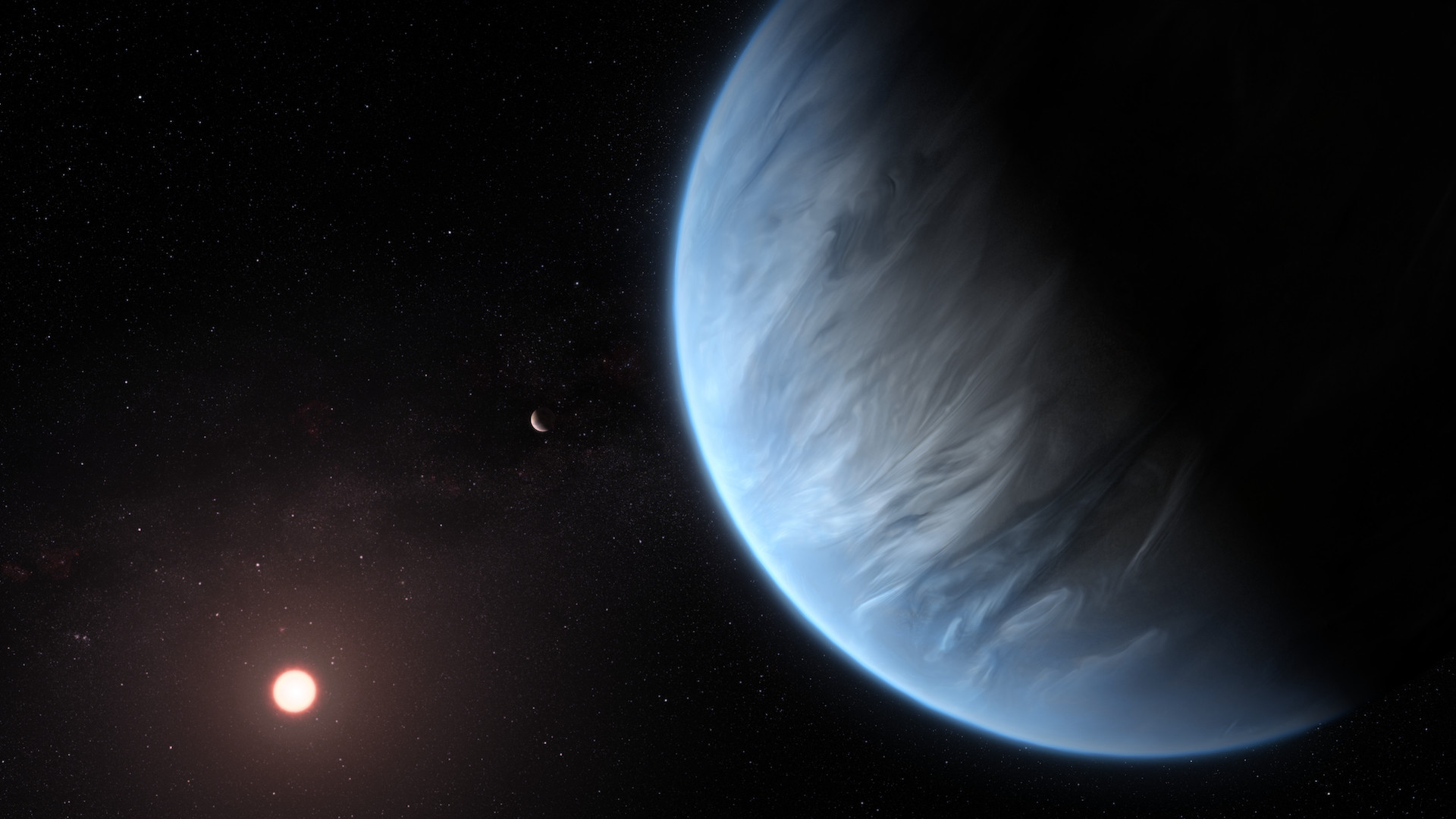Distant Planet May Be On Its Second Atmosphere, NASA’s Hubble Finds
Scientists using NASA’s Hubble Space Telescope have found evidence that a planet orbiting a distant star that may have lost its atmosphere but gained a second one through volcanic activity.
The planet, GJ 1132 b, is hypothesized to have begun as a gaseous world with a thick hydrogen blanket of atmosphere. Starting out at several times the diameter of Earth, this so-called “sub-Neptune” is believed to have quickly lost its primordial hydrogen and helium atmosphere due to the intense radiation of the hot, young star it orbits. In a short period of time, such a planet would be stripped down to a bare core about the size of Earth. That’s when things got interesting.
For more information, visit https://nasa.gov/hubble.
Credit: NASA's Goddard Space Flight Center
Paul Morris: Lead Producer
Additional Visualizations:
Artist’s impression of Exoplanet GJ 1132 b: Robert Hurt
Atmosphere escaping an exoplanet (artist’s impression): NASA, ESA, M. Kornmesser
Artist’s impression of WASP-107b: ESA/Hubble, NASA, M. Kornmesser
Video animation of of Exoplanet GJ 1132 b: Robert Hurt
Aerial of oozing red lava in Hawaii: Artbeats
Aerial from Puu Oo volcanic vents on Hawaii's Kilauea: Artbeats
Exovolcano Animation Background Only: Michael Lentz
Illustration depicting one interpretation of planet GJ 357 c: Chris Smith
Music Credits:
"Planetary Exploration" by Richard Andrew Canavan [PRS] via Sound Pocket Music [PRS], and Universal Production Music.
Master Version
Horizontal version. This is for use on any YouTube or non-YouTube platform where you want to display the video horizontally.
Vertical Version
This vertical version of the episode is for IGTV or Snapchat. The IGTV episode can be pulled into Instagram Stories and the regular Instagram feed.
Credits
Please give credit for this item to:
NASA's Goddard Space Flight Center. However, please credit individual items as indicated above.
-
Producer
- Paul R. Morris (USRA)
-
Animators
- Robert Hurt (Caltech-IPAC)
- Martin Kornmesser (ESA)
- Michael Lentz (USRA)
- Chris Smith (USRA)
-
Technical support
- Aaron E. Lepsch (ADNET Systems, Inc.)
Release date
This page was originally published on Thursday, March 11, 2021.
This page was last updated on Wednesday, May 3, 2023 at 1:44 PM EDT.





![Music Credits: “Swirling Blizzard” by Laurent Dury [SACEM], “Sparkle Shimmer” by William Henries [PRS] and Michael Holborn [PRS] from Universal Production Music
Additional footage from:
Science@NASA:
https://science.nasa.gov/science-news/news-articles/on-the-cusp-of-understanding
JPL:
https://www.youtube.com/watch?v=DMZ5WFRbSTc
Johns Hopkins University Applied Physics Lab:
https://messenger.jhuapl.edu/](/vis/a010000/a014100/a014123/MESSENGER_ULF_waves_YouTube.00030_print.jpg)